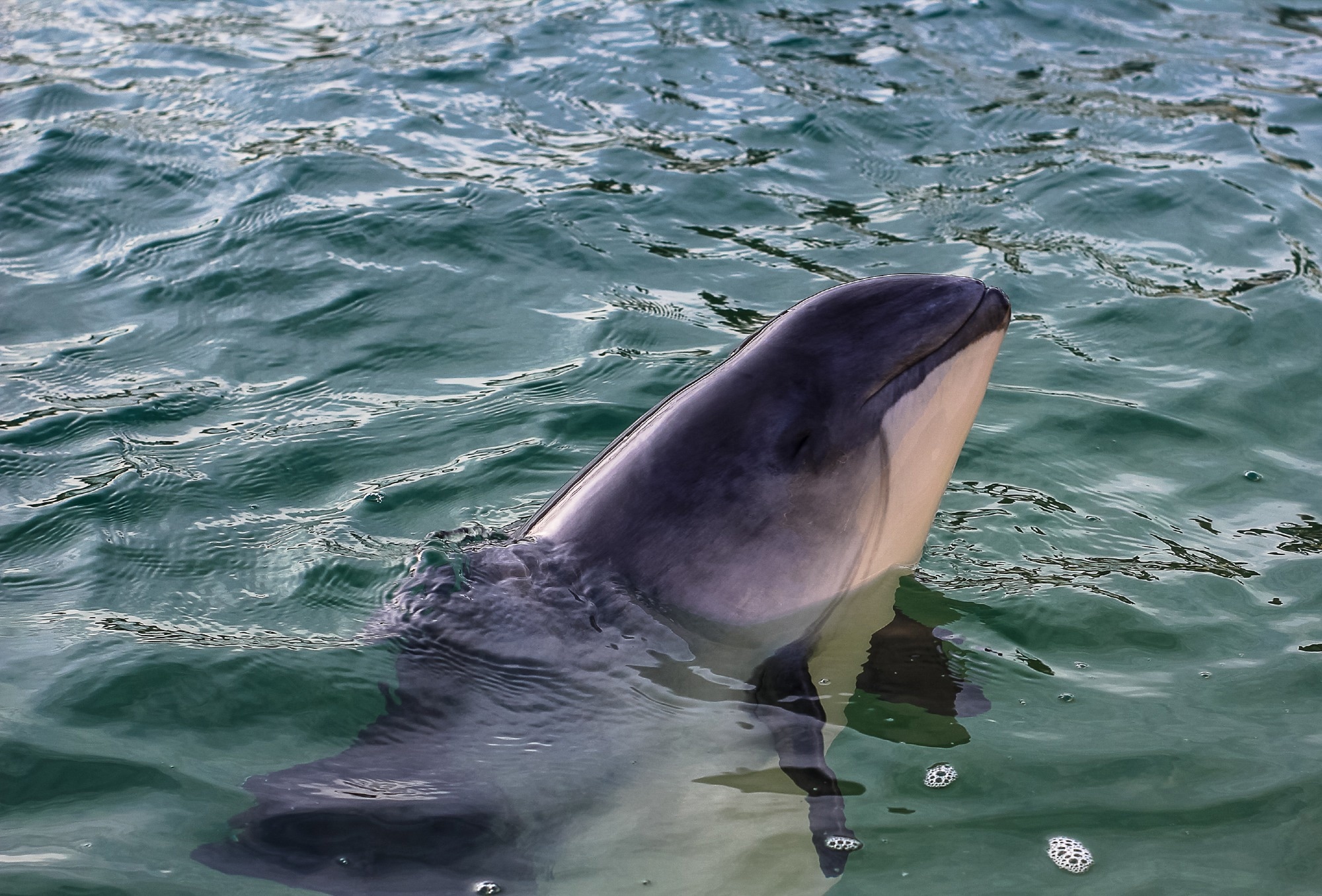 By Neha MathurReviewed by Danielle Ellis, B.Sc.Mar 22 2023
By Neha MathurReviewed by Danielle Ellis, B.Sc.Mar 22 2023In a recent article published in the Emerging Infectious Diseases Journal, researchers in the Netherlands described a mortality event that killed hundreds of harbor porpoises (Phocoena phocoena), a small cetacean, along the Netherlands coastline, in August 2021.
 Study: Harbor Porpoise Deaths Associated with Erysipelothrix rhusiopathiae, the Netherlands, 2021. Image Credit: Elise V / Shutterstock
Study: Harbor Porpoise Deaths Associated with Erysipelothrix rhusiopathiae, the Netherlands, 2021. Image Credit: Elise V / Shutterstock
Background
On average, nearly 600 harbor porpoises strand along the Dutch coastline each year. At the end of August 2021, there were no reports of anthropogenic activities in the central or southern North Sea four to six weeks before this mortality event. However, the government of the Netherlands officials found 190 dead harbor porpoises on the Wadden islands in an advanced decomposition state.
About the study
The researchers collected 22 of these 190 dead animals for postmortem investigation. While they necropsied two animals for immediate examination at the Veterinary Medicine faculty of Utrecht University, they kept the remaining animals in a temporary frozen state for further investigations.
The researchers followed a standardized international protocol for gross pathologic examinations and ancillary testing sampling. Consequently, they tested liver samples from 21 animals for Erysipelothrix rhusiopathiae. To this end, they used three samples with gross aberrations in the lung, mammary gland, and spinal cord and cultured them on blood agar at 37°C for 48 hours.
E. rhusiopathiae bacteria infects captive and free-ranging crustaceans besides some marine fishes, mollusks, and even humans after contact with infected animals or environmental toxins. Published literature shows no reports of widespread mortality events in marine mammals due to E. rhusiopathiae, which makes the event described in this study one of its kind.
Nonetheless, it is worth noting that 16 of 21 liver samples tested in this study were positive for E. rhusiopathiae. Typically, E. rhusiopathiae infection causes mild to systemic illness, including septicemia and endocarditis.
Further, the team investigated the interrelatedness of E. rhusiopathiae 18 isolates using Illumina NextSeq. They compared these sequenced genomes with 11 publicly available reference E. rhusiopathiae genomes. Furthermore, the team collected 15 blood, 17 spleen, and 14 fecal samples to perform virology tests and metagenomic sequencing.
Specifically, they tested lung and brain samples (20 of each) for paramyxoviruses, e.g., morbilliviruses, coronaviruses, e.g., severe acute respiratory syndrome coronavirus 2 (SARS-CoV-2), herpes virus, and influenza A virus.
Finally, the researchers pooled and analyzed 20 stomach content samples and 21 liver samples using liquid chromatography (LC) and also analyzed liver samples individually. It helped the researchers test these samples for environmental toxins, such as domoic acid, tetrodotoxin, saxitoxins, and lipophilic marine toxins.
Study findings
The authors noted that most adult female porpoises were reproductively active, though they had mild to moderate parasitic infections in some organs. Since scavengers destroyed one stomach sample, the researchers could not test it. Testing of the remaining stomach samples showed they had no marine debris.
Though ten stomach samples had remains of animals they fed, the remaining stomach samples were empty. Since most animals appeared to have not consumed food recently, they likely died due to a sudden disease.
Genomic investigation revealed that E. rhusiopathiae infecting these animals were phylogenetically close to clade II of the reference genomes and formed two distinct clusters. The clusters varied by ~3,400 single-nucleotide polymorphisms (SNPs) of limited diversity (<6). Since varying SNPs between isolates were low, exposure to a common food source, transmission between porpoises, or both are possible.
Also, two clonal lineages of E. rhusiopathiae most likely circulated along the Dutch coastline during the mass mortality event, though advanced autolysis of the carcasses made the detection of distinctive lesions associated with Erysipelothrix infection impossible.
Virology tests confirmed that clinically relevant viruses did not affect this mortality event among harbor porpoises. Thus, barely two brain samples from deceased animals tested positive for alpha-herpesvirus that infect harbor porpoises. Likewise, only one pooled liver sample had saxitoxin in a concentration of 15 μg/kg, suggesting no role of hazardous algae in this mortality event. Some study samples also showed the presence of phycotoxins.
Conclusions
The researchers observed that none of the tested animals had recently fed, and most likely, a sudden disease acutely infected them. As they found E. rhusiopathiae in the most investigated porpoises, they considered E. rhusiopathiae infection most likely caused their death.
The increased vulnerability of cetaceans, including P. phocoena, to E. rhusiopathiae points to novel sources of this bacterium in the marine environment. The study results are bothersome because they showed that marine pollution is increasing in all oceans globally.
Another bothersome revelation was that E. rhusiopathiae now remains viable for a prolonged duration in marine carcasses, up to nine months in buried carcasses of marine animals.
Thus, only trained personnel should handle stranded marine animals and dispose of their carcasses properly. Most importantly, there is an urgent need to spread awareness of the potential presence of this zoonotic bacterium and its increased viability and transmission among cetaceans.